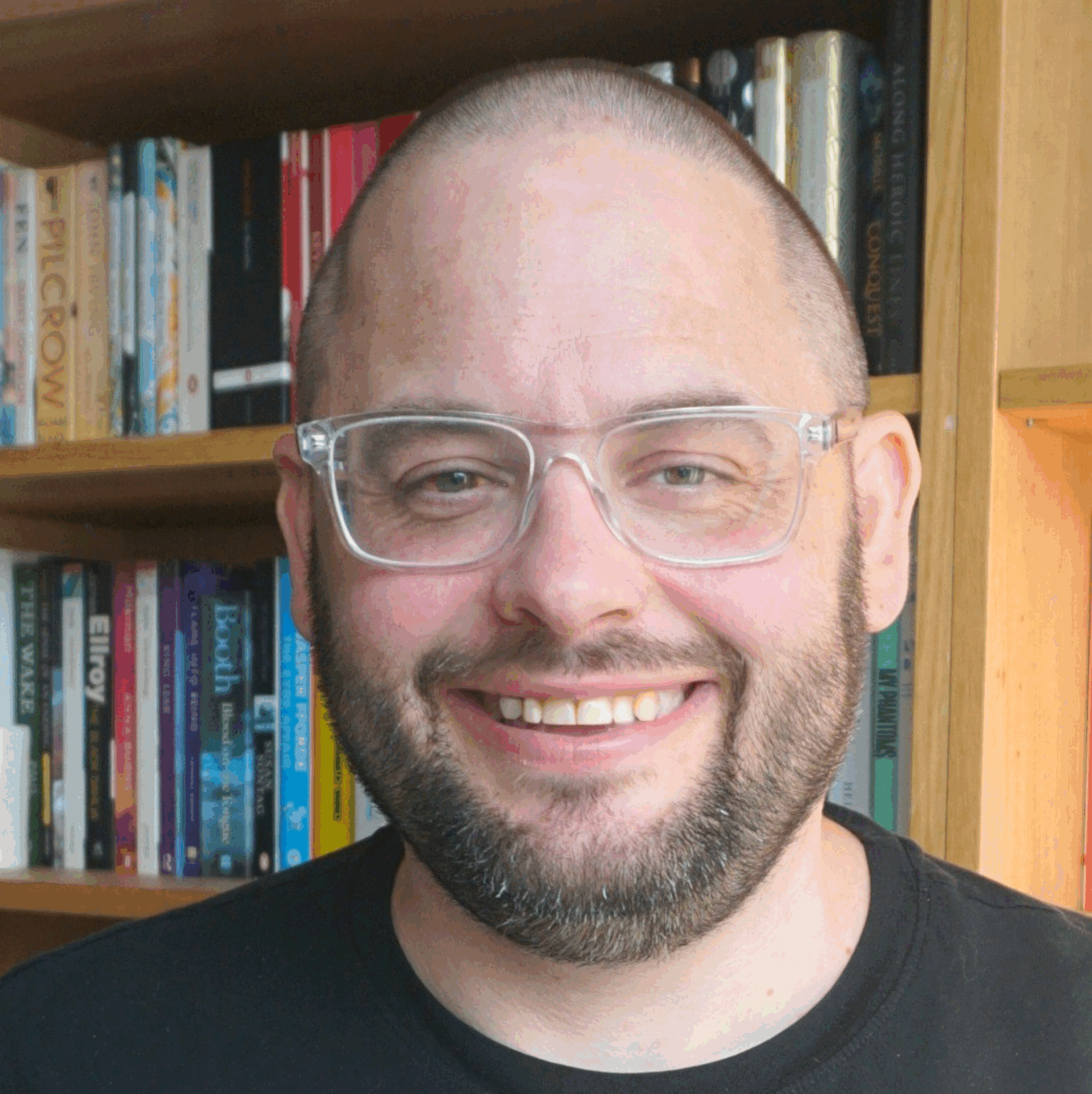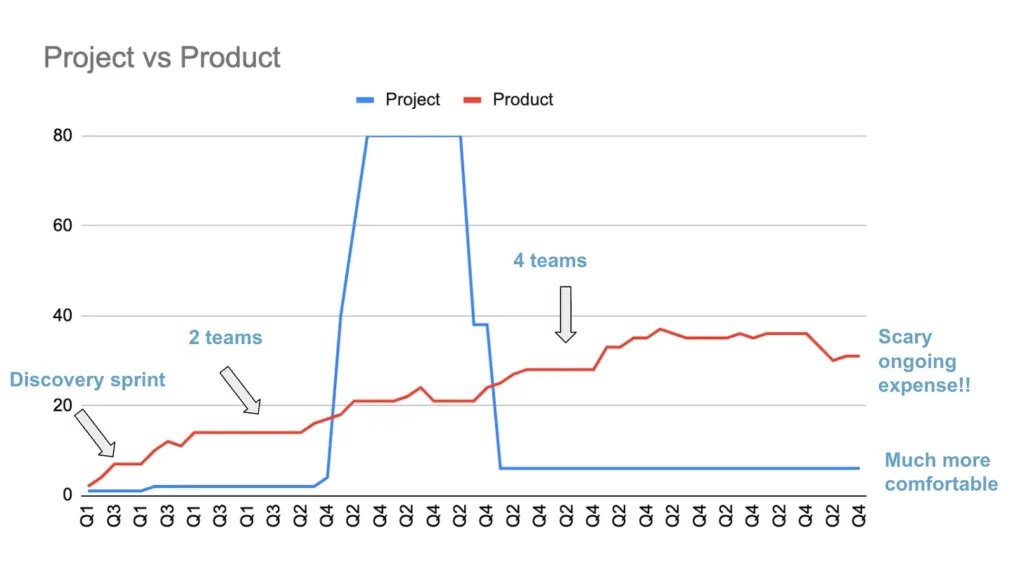Gavin Beckett – Harnessing the changing landscape of local government to create internet era organisations:
Effective responses to complex, long-standing social challenges need to be co-designed and co-produced with people and community organisations that grow from the ground up. Modern councils need new capabilities that enable them to work well with a constellation of partners, thinking about the network’s ability to create teams and services that wrap around the person and family, rather than assuming that the council must create top-down solutions themselves. They need to be effective conveners, brokers and collaborators in the ecosystem of the whole place.
Atika writes One Year On: Building Digital Momentum in Luton:
Twelve months ago, I stepped into the Director of Digital, Data and Technology role with a clear set of ambitions and a determination to help Luton Council move forward on its digital journey. Looking back, the transformation has been both challenging and rewarding—and, most importantly, it’s been a team effort.
Working with her has been great!
Paul Brown – Everything I Got Wrong About Product (So You Don’t Have To)
That’s when it hit me: the lessons I’d want my son to know are the same lessons I wish someone had told me — the ones that stop you wasting years pretending you know the future, chasing the wrong goals, or mistaking movement for progress.
(via Neilly Neil)
Nice story on the LOTI blog about adapting open source components in the Drupal system to make an AI-powered PDF scraper to help create more accessible HTML content on council websites.
Another one from the LOTI blog, this time it’s Rethinking how councils buy technology by Katy Beale:
Procurement isn’t just a list of features. It’s about user experience and has the opportunity to spark service transformation and design better public services.
Hear, hear.


